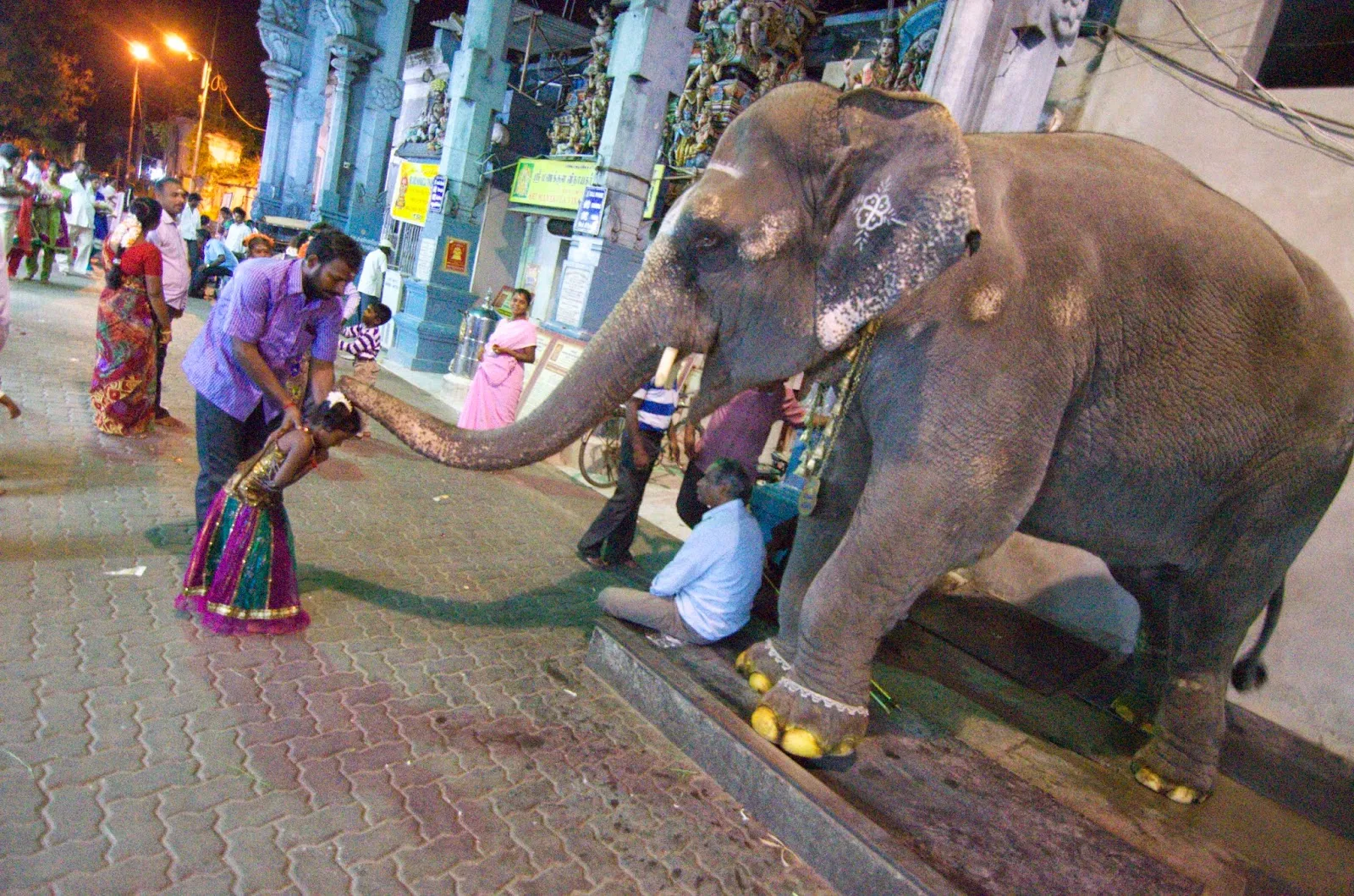Believing that the Bible is the "inspired word of God" does not mean that you believe that "God wrote the Bible." It means something more specific, that human beings wrote it inspired of the Holy Spirit. This is a crucial distinction - one that Bart here, as he does so consistently in his scholarship, and like so many other secular minded people often do - misses, thereby missing the crucial meaning of the text.
We Christians are not bleeding Muslims. The Bible is not the unmediated word of God, it is historically conditioned witness curated by the Church. Intelligent Christians aren't nominalists, we're not beholden to modernist/postmodern high critical textual idolatry. We're not fetishizing and worshipping the text.
The Word isn't the biblical text, the Word is Christ.
Christ made manifest in the Church, by the Holy Spirit, through his perpetual eucharistic sacrifice.
That there are differences - "discrepancies" as Bart puts it - between the Gospels does not diminish their credibility. Multiple witnesses to an event will report different things. The fact that these differences exist testifies to the authenticity of the accounts. With the Gospels these sorts of "discrepancies" are found, yet the essential story between them is the same.
The Gospels have an oral tradition prior to inscription, and a hypothetical textual predecessor (Quelle, "Q") and then a later 2,000 year scribal history.
Bart thinks that the textual variations that this historical process created invalidates the veracity of the essential witness. I think that Bart is - let me put this gently - a dumbass.
Witnesses report different details. Oral transmission magnifies those differences. After inscription, one thousand five hundred years of monastic transcription produces textual variations.
That's exactly what you would expect. Bart - poor, poor, Bart - thinks that this somehow undermines the veracity of the story. I say that these differences are natural, and if they didn't exist the unanimity would undermine the testimony, because you'd have to suspect that there wasn't a wide witness to the events described, or that the textual history may not in fact be ancient. Bart's "discrepancies" testify to both a wide witness and an authentic ancient textual tradition.
Bart's "discrepancies" authenticate the Gospel texts, make them more credible than less.
Poor Bart is beholden to his "fundamentalist" mind, the text has become his god.
Let it go, Bart. Stop confusing twigs, weeds and lichen for the forest.
Let it go, Bart. Stop confusing twigs, weeds and lichen for the forest.
+++
































